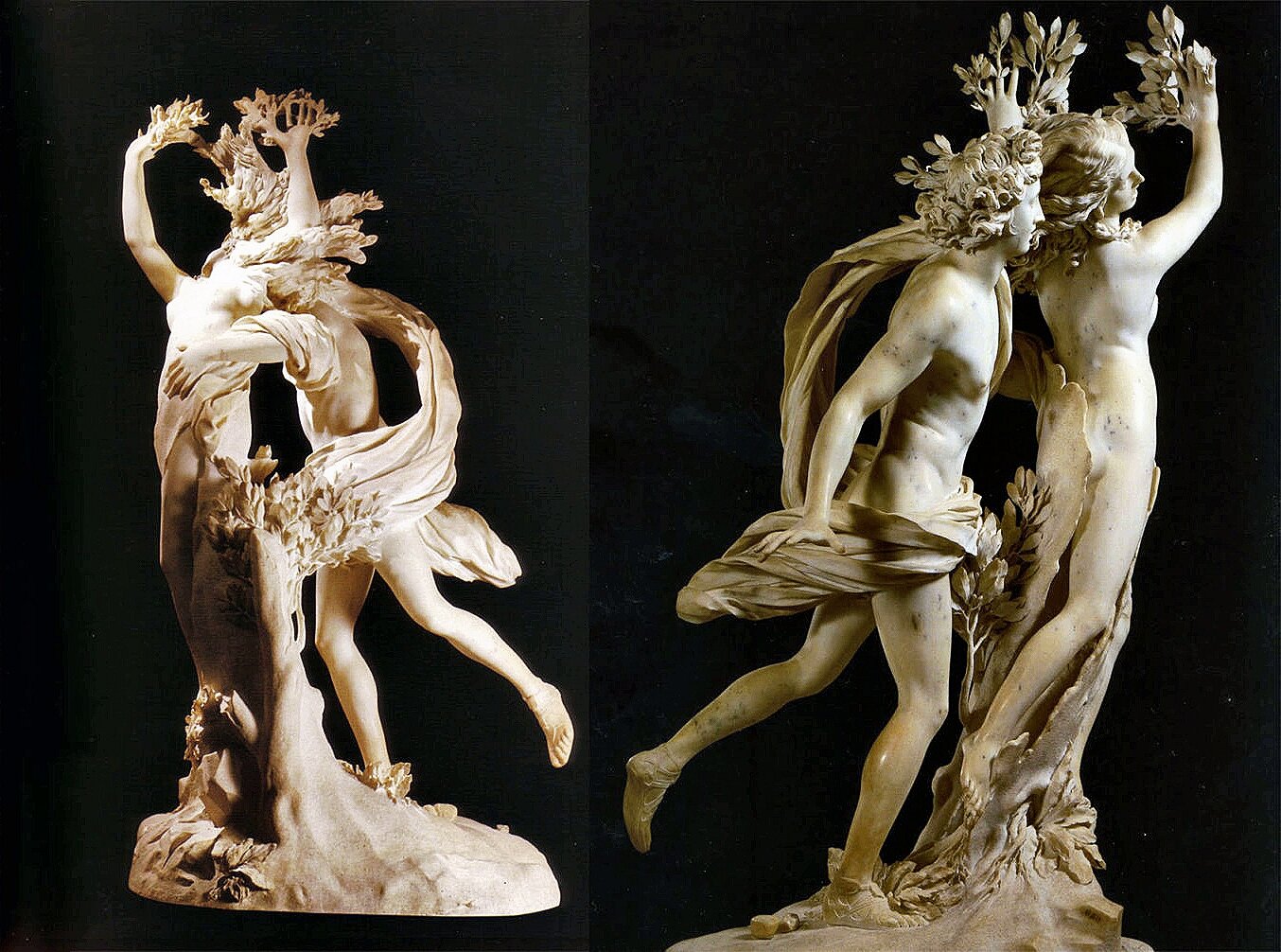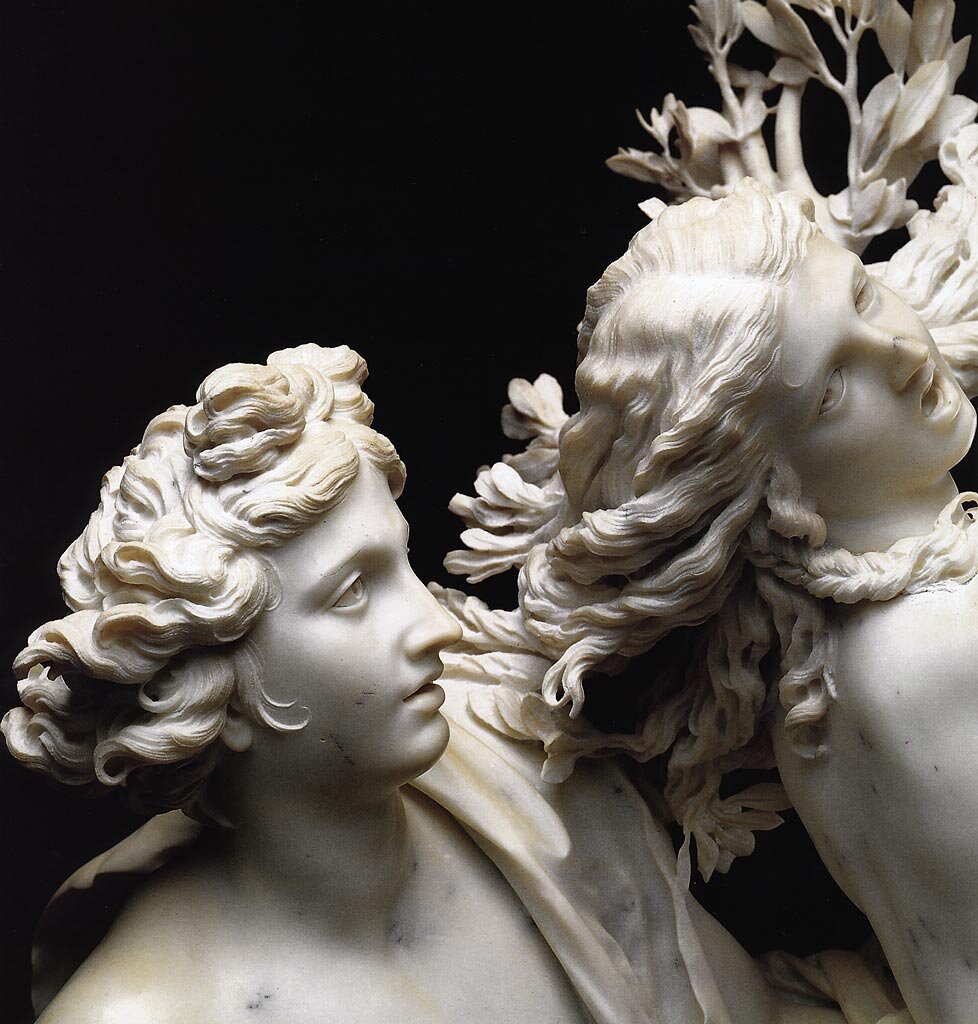Gian Lorenzo Bernini, the famed Italian Baroque sculptor of the 17th century, lived and worked by an audacious mantra: “Those who never dare to break the rules never surpass them.”
By Alexxa Gotthardt
Indeed, while the tempestuous artist’s work was funded primarily by the papacy, he interpreted religious subject matter with not only unparalleled skill, but also radical artistic license.
Bernini carved mighty gods and martyred saints into marble as many great sculptors working in the classical style, like Michelangelo, did before him. But he endowed his omnipotent subjects with a particularly human aspect, sculpting into their forms and expressions passionate emotions and carnal urges—and effectively revolutionizing three-dimensional art and the representation of the body.
From a young age, Bernini spent most of his waking hours in the sculpture studio honing his practice. His commitment to the discipline was ardent—almost obsessive—and his ingenious, delicate handling of stone was apparent as early as his teenage years, when he began receiving commissions. Even then, he equated the process of making art with falling in love, and channelled that passion directly into his forms.
As Bernini’s peer and first biographer Filippo Baldinucci reported, the sculptor would rebuff people who criticized his long work hours with the retort: “Let me be, for I am in love.” He even playfully referred to the statues he toiled over as his girlfriends.
Though Bernini may have been speaking in jest, the attention he lavished on his sculptures manifested in their astonishing realism. In his deft hands, marble turned into supple skin, tightly coiled muscles, twisting mouths, and single tears—all of which looked as if they’d throb, quiver, or burst into action at any moment.
Nowhere is this finesse made more clear than in two works, both depicting nude duos, that Bernini executed in his mid-twenties.
Gian Lorenzo Bernini, Apollo and Daphne, 1622-25. Image via Wikimedia Commons.
Apollo and Daphne (1622–25), widely considered Bernini’s first masterpiece, portrays the climax of the mythological Greek and Roman tale from which the sculpture takes it name. It shows Apollo amorously pursuing Daphne, who repels his advances. When she calls out to her father, a river god, for help, he resolves the situation by magically transforming her into a tree.
In Bernini’s rendition, the urgency and passion of Apollo’s pursuit (induced by Cupid’s arrow) is communicated in the windswept cloth, only just covering his loins, and his strained torso as he reaches desirously for Daphne. For her part, Daphne’s innocence is captured in her almost naked body; her fear in a tense, outstretched arm and open mouth; and her transformation in her hair metamorphosing into branches and her toes into roots.
The sculpture scandalized some in the Catholic Church, but to others (including the Cardinal, art collector, and notorious lush Scipione Borghese who commissioned the work) it was the most skilled, realistic representation of the body they’d seen.
Similarly, in The Rape of Proserpina (Persphone's abduction by Hades), also bankrolled by a Cardinal, Bernini pushed marble’s ability to manifest the vigor of the human body. In another story of unrequited love—this one more savage—Proserpina attempts to fend off the hulking Pluto’s advances, but in vain. The disturbing violence of the scene is captured in several inspired details.
Gian Lorenzo Bernini, Pluto and Proserpina (Persphone's abduction by Hades) The Rape of Proserpina, 1621-22. Image via Wikimedia Commons
Bernini shows Pluto’s rippling muscles to convey incontestable strength. His power is emphasized by the sculptor’s decision to show the god’s hands clutching at Proserpina’s waist and thigh so forcefully that her skin bulges between the gaps in his fingers like dough. To drive home the physical and emotional intensity of the scene, he renders a single tear on her cheek.
Here, Bernini again took a risk by accentuating the extreme violence of subject matter that many of his peers regarded as entertainment. In the process, he set the stage for the Baroque art movement, through which artists mischievously explored human feelings and physical appetites using religious and mythological subject matter.
What Bernini brought to sculpture was a thumping life force and unprecedented realism that introduced to three-dimensional representation the pendular emotions of humans, and how they’re inextricably connected to our pulsing, libidinous bodies.
















